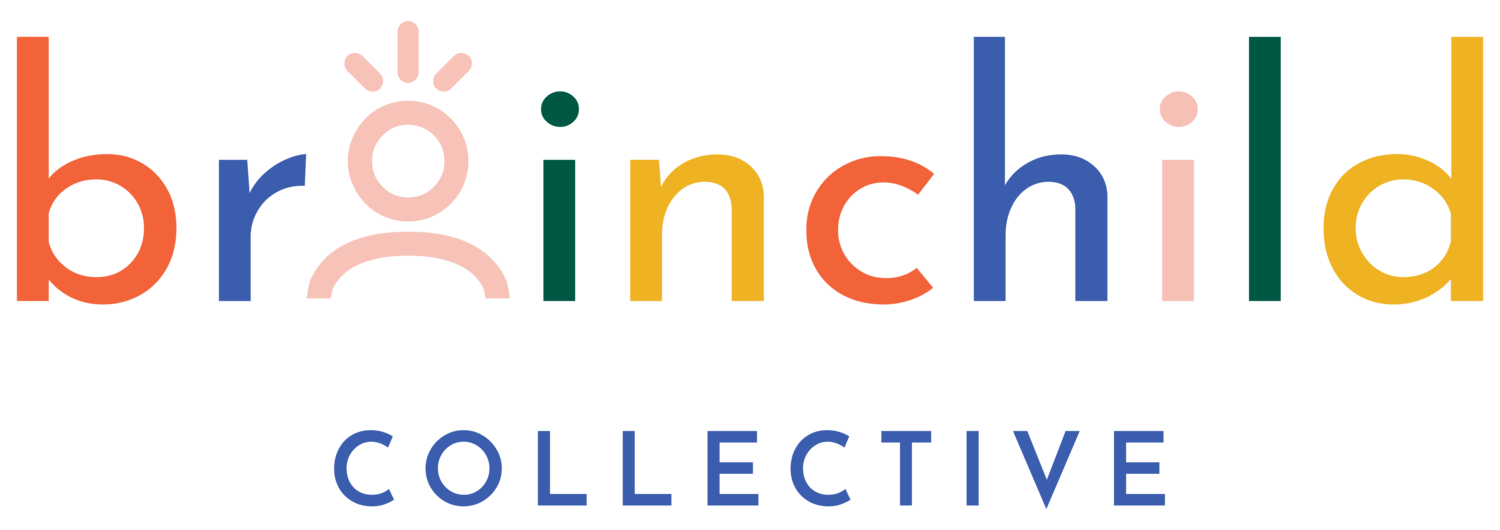Making Back to School Easier with Social Emotional Learning (SEL)
When the bell rings to signal the beginning of a new school year, there’s a mix of emotions that flood the hallways: excitement, anxiety, anticipation, and even fear. As school leaders, our task isn’t just to facilitate an academic education but also to nurture a holistic environment where students are equipped with the tools to navigate life's challenges. Enter Social Emotional Learning (SEL). The Collaborative for Academic, Social, and Emotional Learning (CASEL) defines SEL as the process of developing self-awareness, self-control, and interpersonal skills that are essential for school, work, and life success.
SEL's Impact on Students
Research has consistently shown that students who engage in SEL programs demonstrate an array of benefits. According to a meta-analysis conducted by Durlak et al. in 2011, students who participated in SEL programs showed an 11 percentile point gain in academic achievement over students who did not participate. But that's just the tip of the iceberg.
SEL programs aren't merely about improving grades. They’re about equipping students to understand and manage emotions, achieve positive goals, display empathy, maintain positive relationships, and make effective decisions. By integrating practices like dance, art, theater, comedy, and leadership development into SEL, students are given a platform to express, understand, and connect, which facilitates a smoother transition back to school.
How SEL Benefits Teachers
While our focus is predominantly on students, it’s vital to understand that when students thrive, so do teachers. Classrooms with SEL integrations often report reduced disruptions, a more cohesive class environment, and enhanced teacher-student relationships.
SEL can also support teachers in improved classroom management, reduce stress and burnout from academic pressures, and equip teachers with the skills for their personal growth, improving communication, empathy, and collaborative skills.
A Tangible Example: The Power of SEL
Consider the story of Lincoln High School in Walla Walla, Washington, from Higher Resilience and School Performance Among Students with Disproportionately High Adverse Childhood Experiences (ACEs) Report from February 2015. They adopted an SEL-infused approach to discipline, focusing on understanding the root causes of student behavior rather than outright punishment. The result? Suspensions dropped by 85%, and graduation rates surged. When students feel understood and have the tools to manage their emotions, academic environments thrive.
As principals and decision-makers, investing in SEL isn’t just an educational decision; it's an investment in the future. Our students are not just learners; they're the next generation of leaders, thinkers, and doers. And with the increasing complexities of the world, we owe them the best toolkit to face life's challenges head-on.
Incorporating SEL into the back-to-school strategy is a game-changer. As students navigate the mix of emotions a new school year brings, providing them with tools to understand, express, and manage these feelings can make the transition easier, more enjoyable, and far more productive, not just for them but for teachers and for the entire school community.
“Education is not the filling of a pail, but the lighting of a fire.” – W.B. Yeats
By lighting the fire of SEL in our schools, we ignite a passion for learning, understanding, and thriving. Isn't that a future worth investing in?
